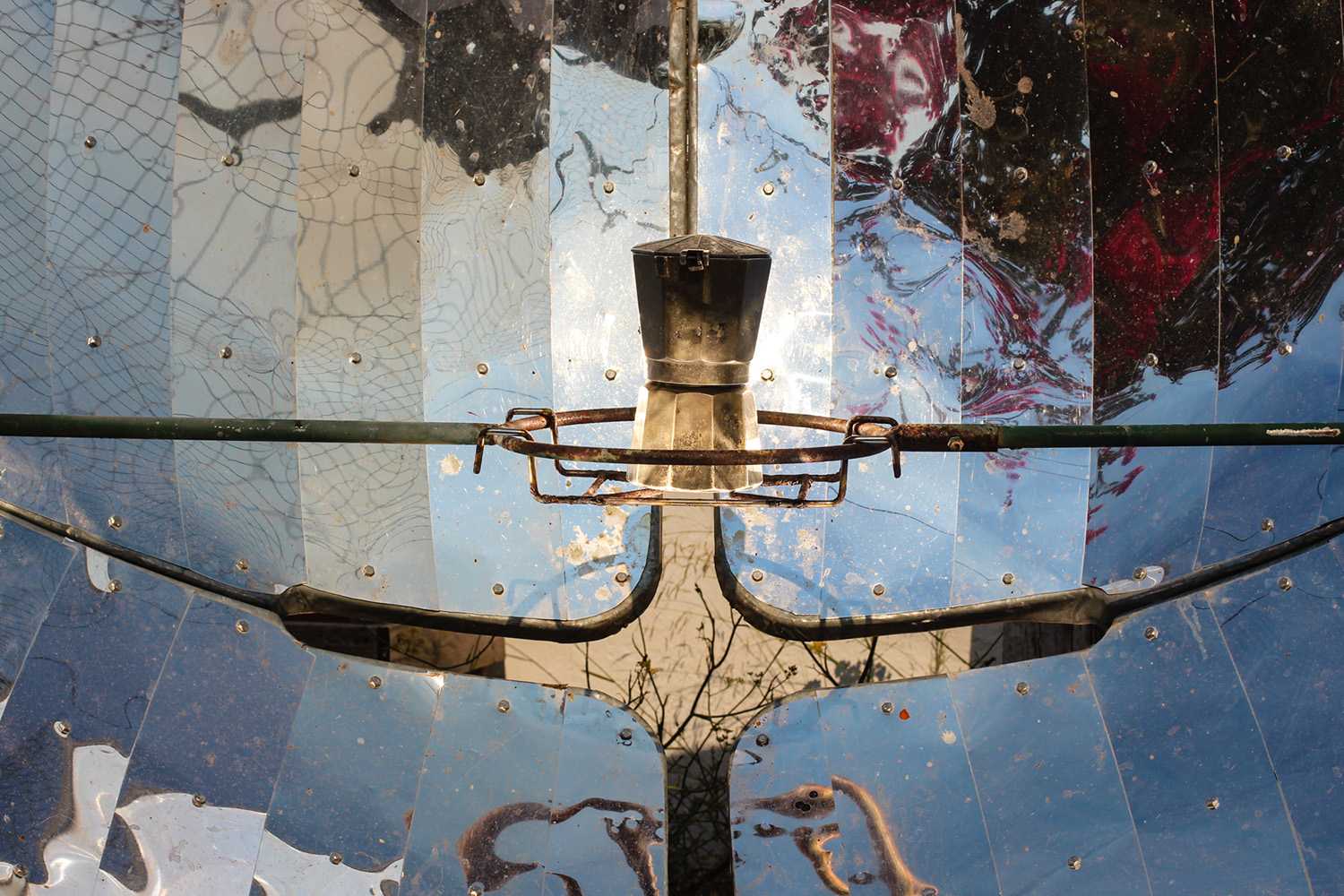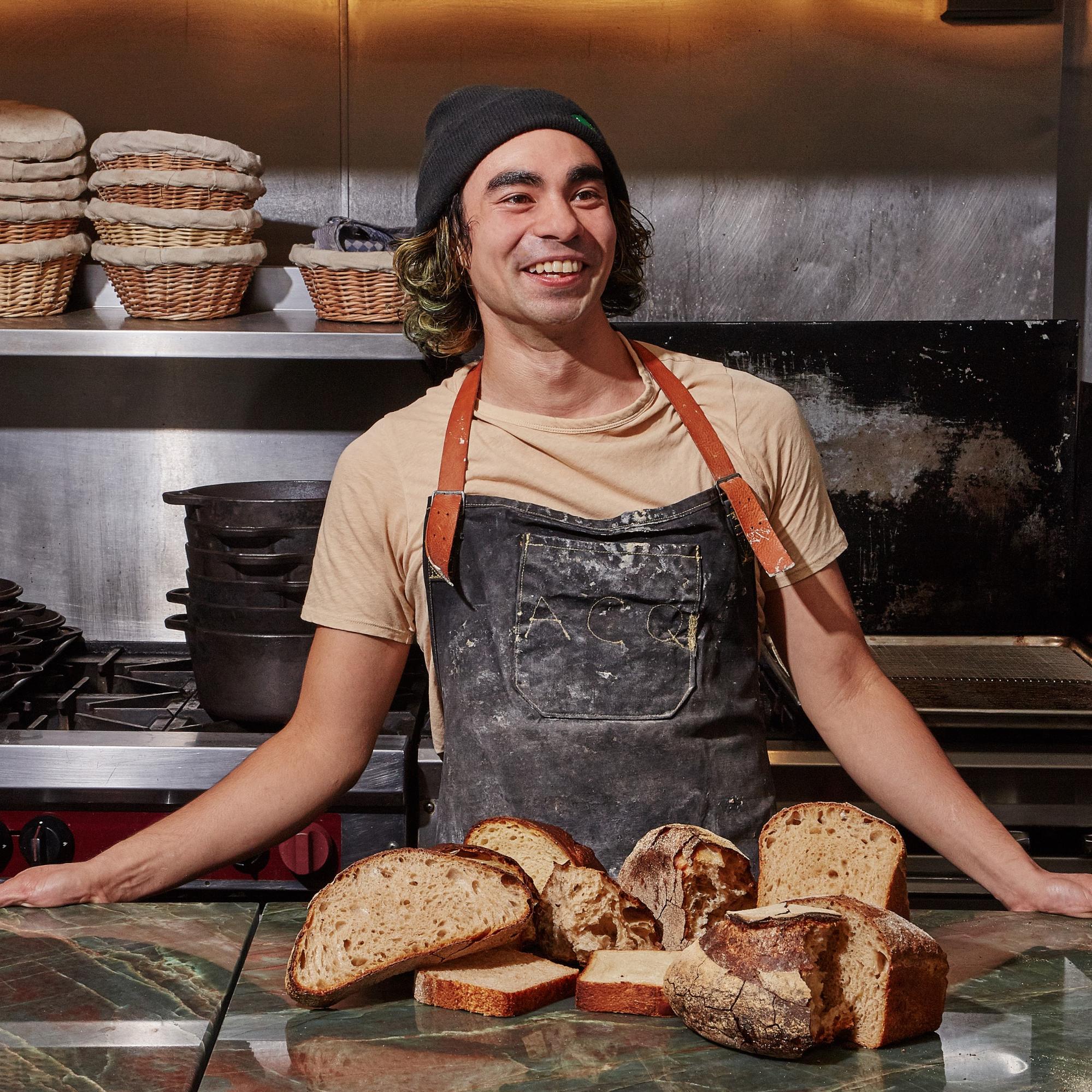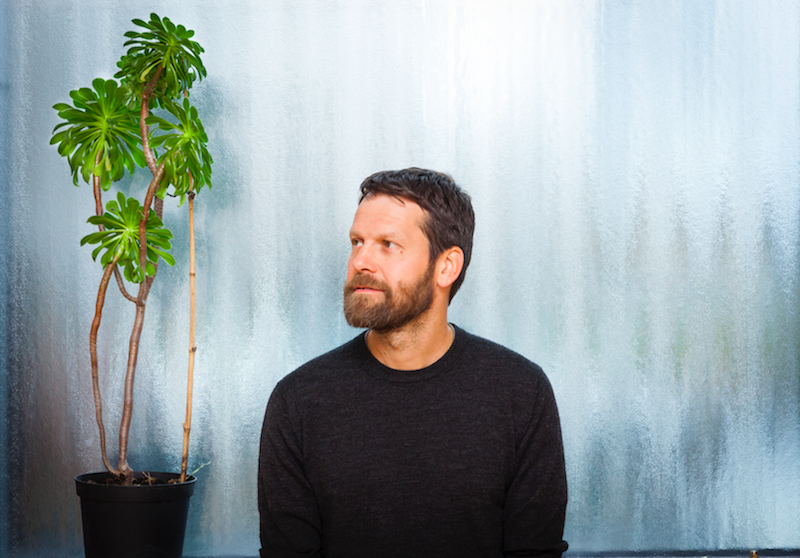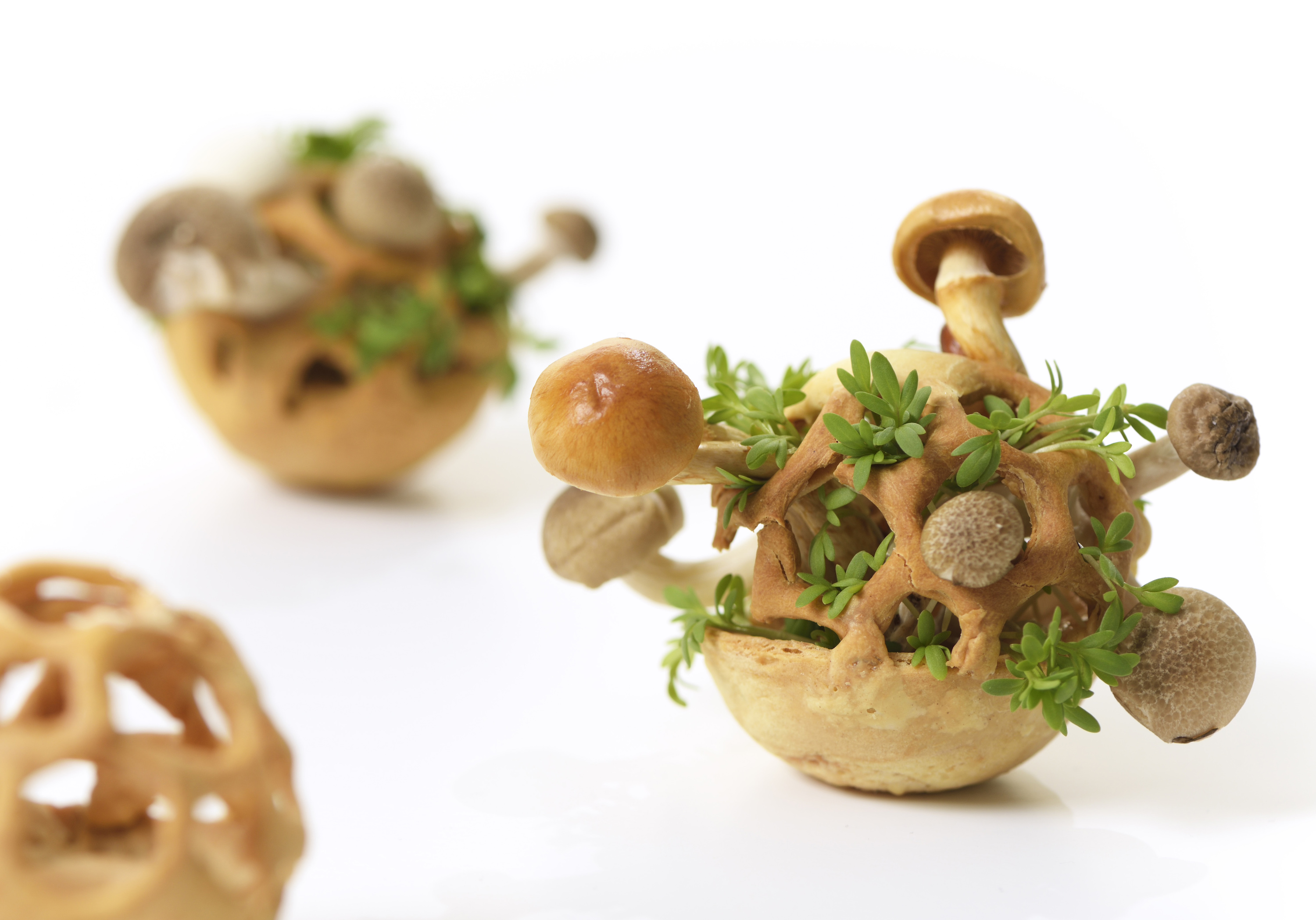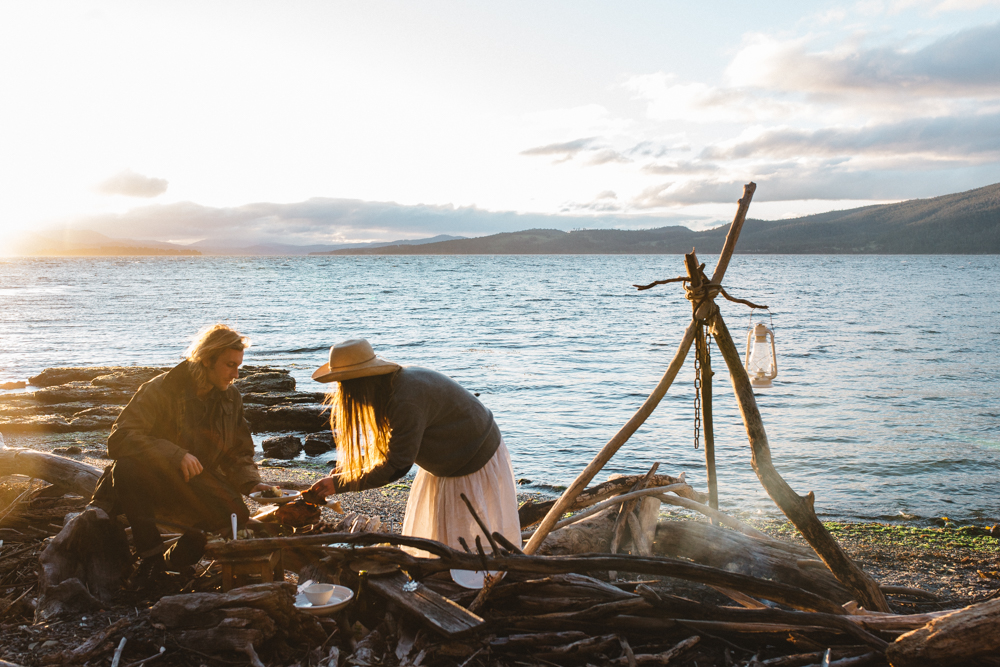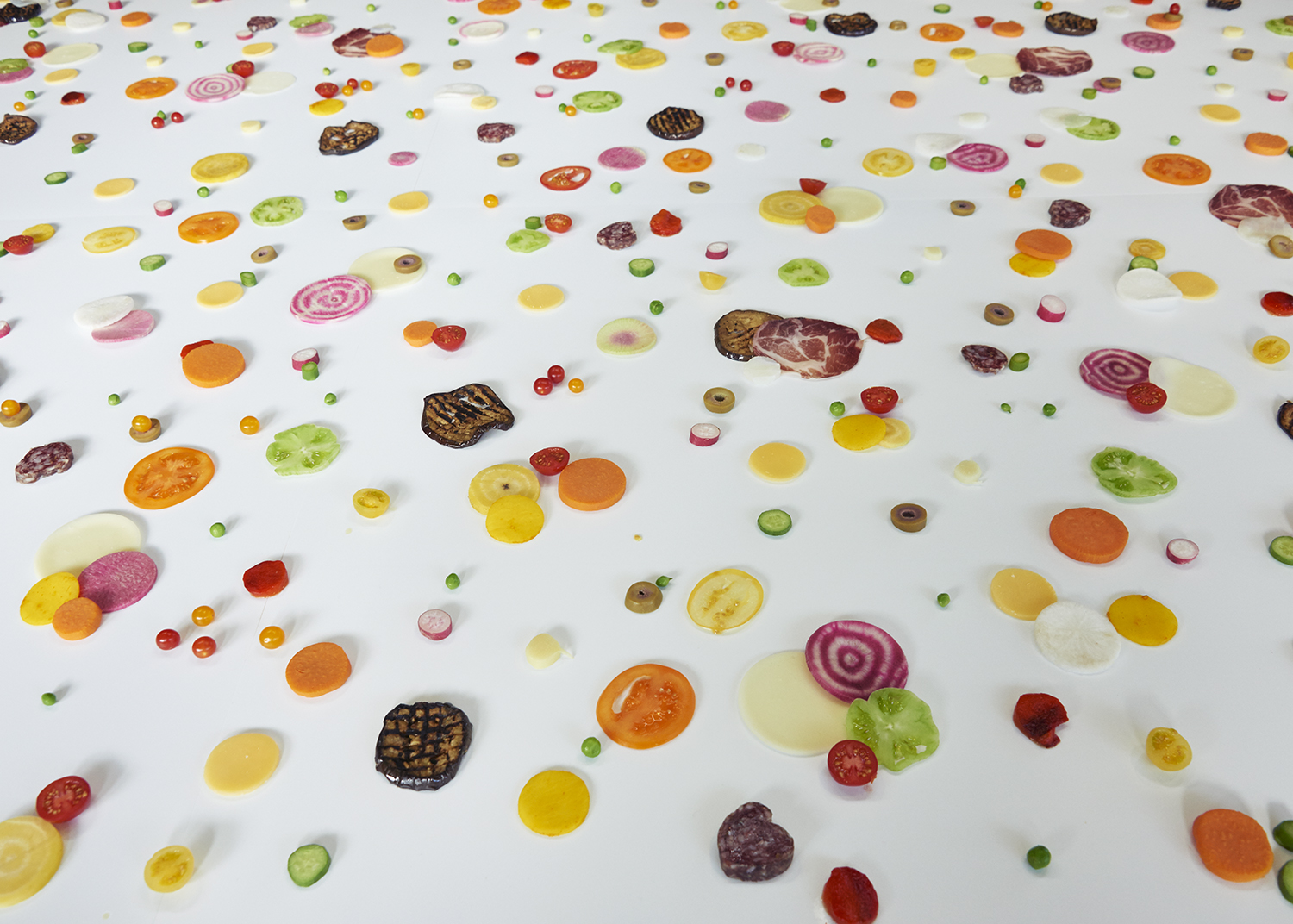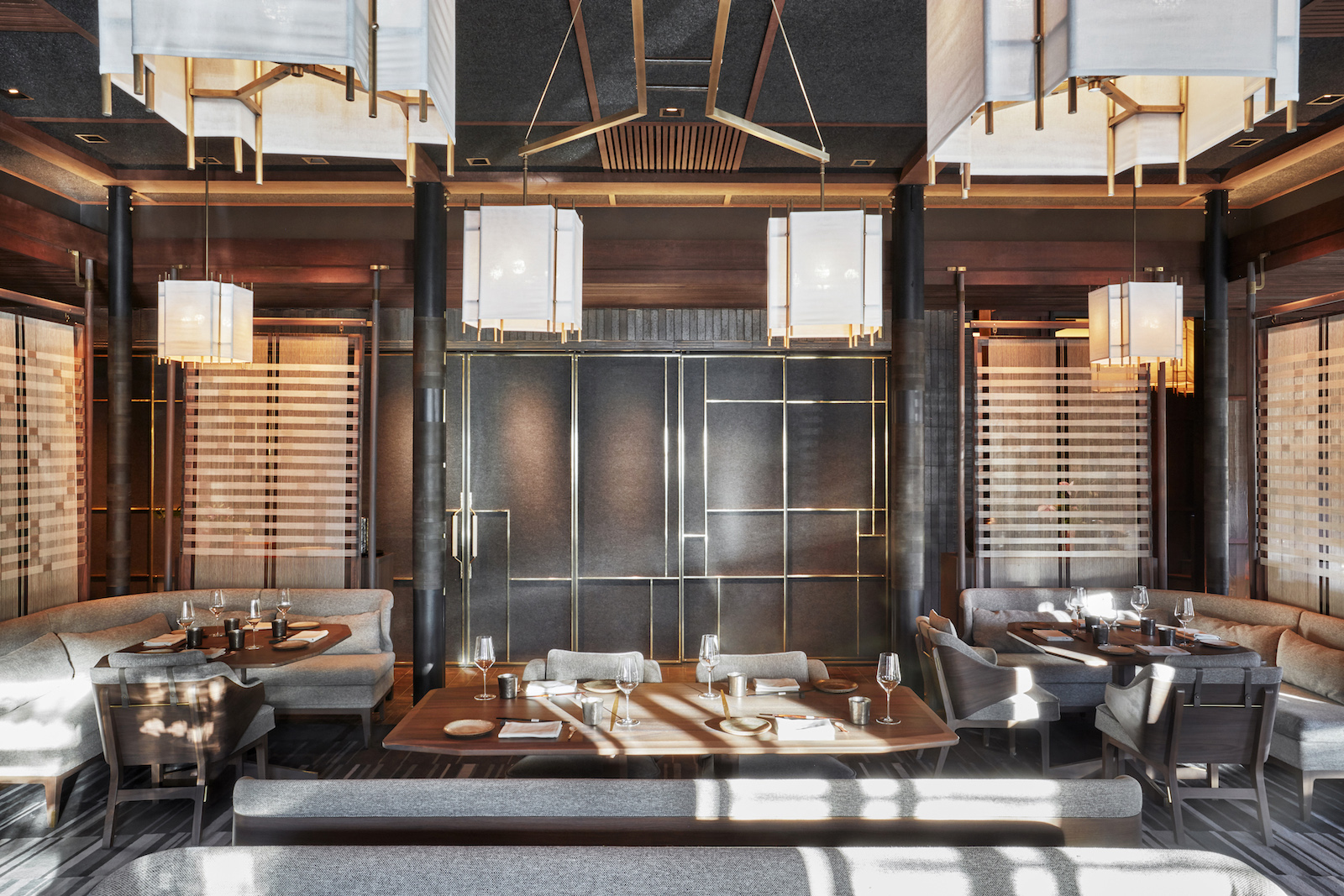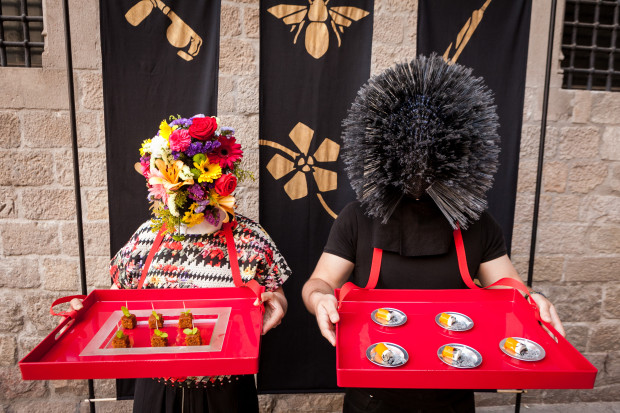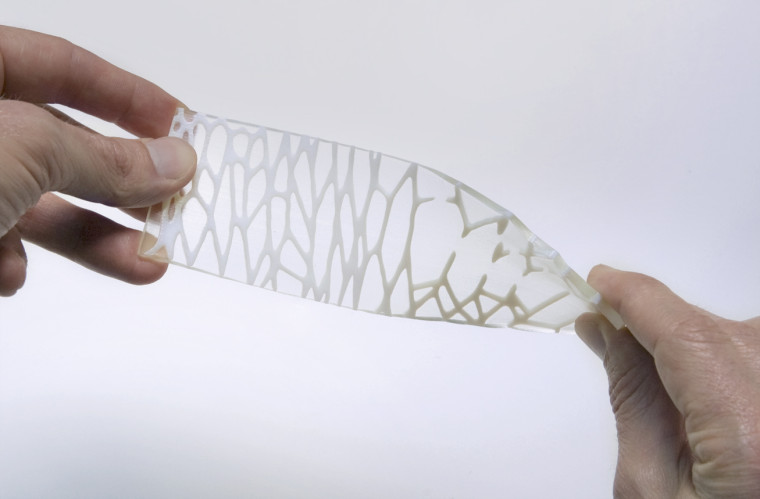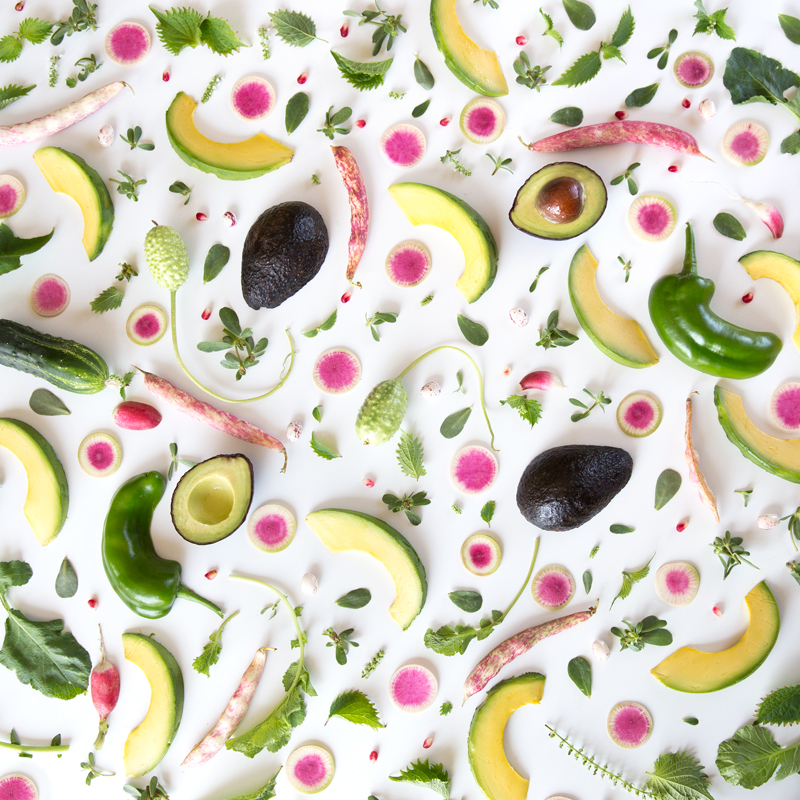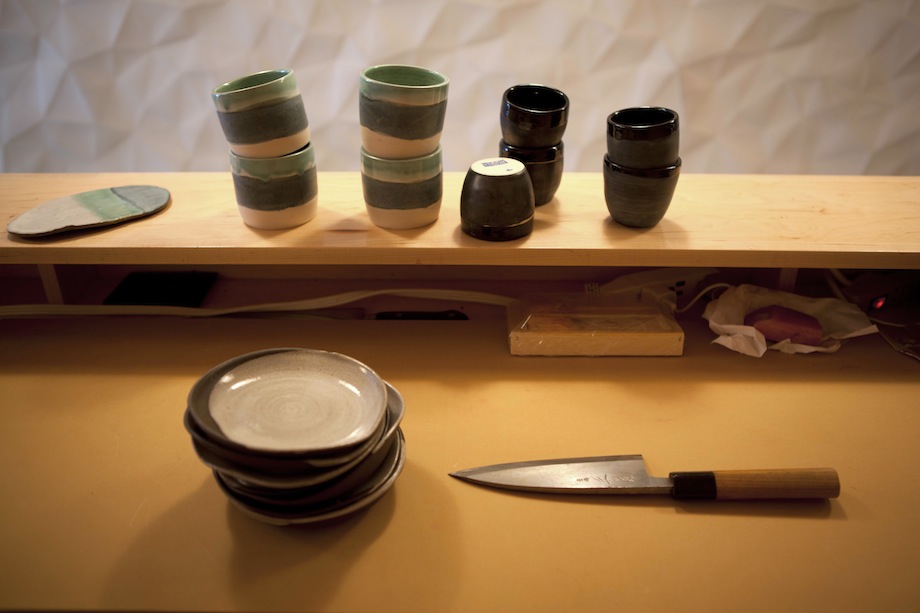Sisters Olivia and Sara Park grew up with food all around them. They were the daughters of a sushi chef whom they recall would go to the pier, catch a fish, and slice it up for sushi ten minutes later, and of a woman who frequently cooked for her community, sometimes for groups of more than a hundred. This environment is, at least partly, responsible for their love and interest in food as culture that they have since translated into an artists’ studio, Studio Human Beings.
Both women graduated from Rhode Island School of Design, Olivia in 2017 and Sarah in 2020. The studio felt like a natural extension to the collaborative effort they already often brought to their work.

“We’ve always helped each other on projects, so it didn’t make sense for one person to get all the credit. Also, our ideas merged in so many ways that it ended up being more of a cohesive approach to every project that we would even work on individually,” Olivia said.
In 2018, the pair began hosting not-your-average themed dinner parties. One, “Land and Sea,” featured a deconstructed miyeok-guk (a watery Korean seaweed soup) that guests were encouraged to eat with their hands.
“Utensils were on the side if they really wanted to use [them], but we wanted everyone to really experience actually touching seaweed because it has such a textural quality to it,” Olivia said. The dinners were offered at no cost to attendees, and started simply among friends. Over time, the pair began getting DMs asking for invites.

Since graduating, both women have continued their research and work with food.
Olivia, who works as a communications manager and marketer for Reebok, has recently taken on a community fridge project in Boston.
Sarah, who laughs as she says that she graduated into a job deficit, is continuing a project that began as her thesis.
It’s, in her own words, “expansive.” The concept is set in a post-apocalyptic world that imagines a variety of vastly different ecosystems, including a dry-land rainforest. Like her sister, she has an interest in footwear that also presents in her project.

“As [the wearers] travel the different terrains like foragers, the spores attach to the shoes. So, while they’re in that ecosystem new vegetation and growth happens on the shoe, and as it’s harvested the shoe disintegrates. As it moves to a new terrain it grows back like an exoskeleton,” Sara said. The progress of the project is being documented on the pair’s Instagram.

“Something that’s really important to me is that if the reality that you want doesn’t exist you have to make it. A lot of my work has to do with futurism and for me the future is very radical. I’m imagining anti-capitalist ecosystems, decolonizing your diet, and also the societal behaviors,” Sara said. “I feel like when a lot of people think about the future we’re always thinking about new technologies but we’re not really thinking about how the societal behaviors will also change. I’m interested in thinking about both these areas— not just how things will change in the future, but how we are going to react to it and what designs we can create to bring us together.”
The future for the Studio isn’t set in stone, they both say, as they’re always experimenting.

Olivia is focusing on a project that grew out of buying incense all the time, and realizing that burning it was essentially like inhaling sawdust.
“I started to do some research. It turned out that a lot of items that you can actually burn to create some type of aromatic fumes are a lot of natural things you can find around in your house. [It includes] cinnamon, dates, any type of spice, like star anise. I started to take these ingredients, and then also just find wood around any type of hike that I go on. I’ll crush it and then try to mold it into different structures and burn it, but it’s been a lot of experimentation. It’s not easy to get a pleasant smell or a constant burn. It’s a work in progress and we’ll just see where it takes us,” Olivia said.

